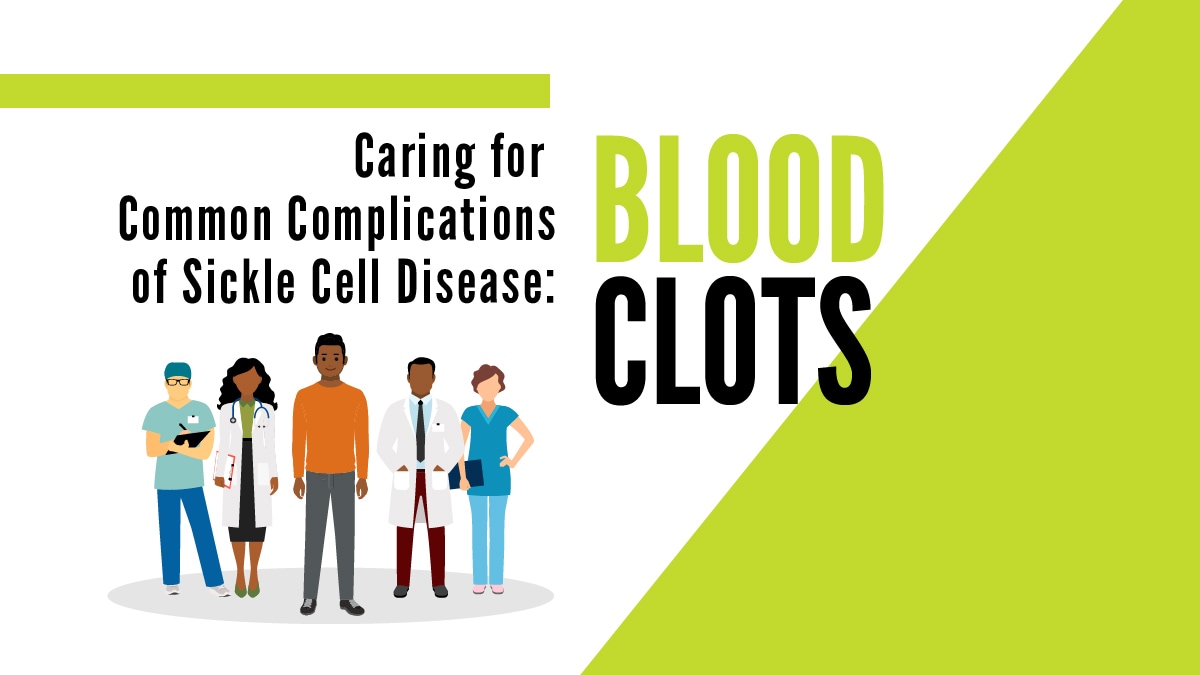What to know
Increase awareness about the steps to better health for people with SCD by sharing the resources below on social media channels such as Facebook, X (Twitter), and Instagram.

Resources
Sample messages
- People with sickle cell disease are at greater risk for developing blood clots. A blood clot in one of your deep veins is called deep vein thrombosis. If a #bloodclot breaks off and travels to your lungs (called a pulmonary embolism), it could be fatal. Read this fact sheet on lowering your risk for clots: www.cdc.gov/SCD/bloodclots.
- If you have sickle cell disease, swelling, pain, or redness in your arm or leg could indicate deep vein thrombosis, also known as blood clots. Talk to your healthcare provider to find out if you're at risk for developing clots and see this fact sheet for more helpful info: www.cdc.gov/SCD/bloodclots.
- You may take anticoagulants (commonly known as blood thinners) if you have sickle cell disease. Although these medicines lower your chance of developing future blood clots, they still come with risks. More on what you need to know: www.cdc.gov/SCD/bloodclots.
Social media videos

